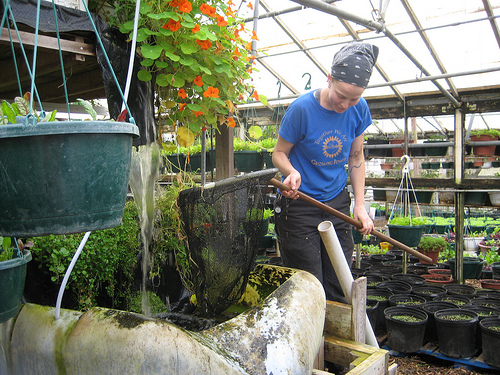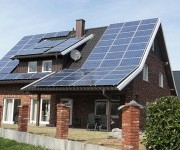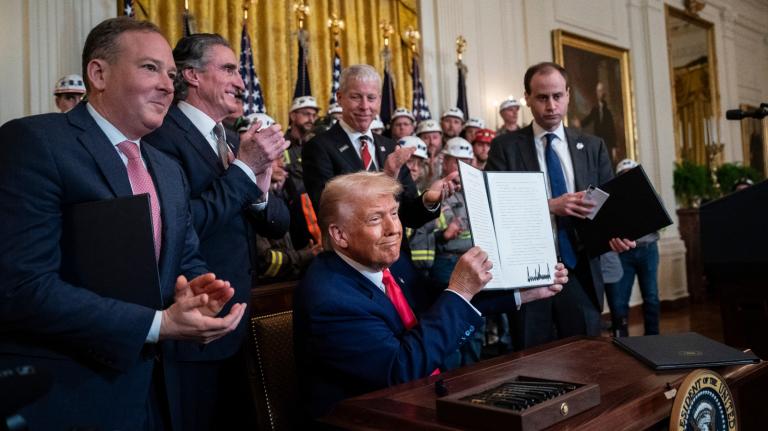Until recently, the idea of powering a local economy with 100 percent renewable energy seemed unrealistic. That has changed: there’s a small town energy revolution underway.
Take Juehnde, a village in the German state of Lower Saxony: it reached total self-supply by 2006 with biogas and wood chip heating. It now attracts visitors from around the world (e.g. from Thailand). Eric Burch, of Indiana’s Office of Energy and Defense, visited and summarized what he saw like this:
With nearly 750 residents, Juehnde is the first village in Germany to produce its complete heat and electricity supply from bioenergy … The German Bioenergy Village project planning began in 1998, and the village officially reached self-sufficiency in energy production in June 2006. Juehnde’s plant provides heat and water to the village and also sells electric energy onto the electricity grid. It took the German community nearly 8 years to bring its project to reality.
Juehnde is not alone. What we see in Germany is a small town energy revolution. Today more than 75 villages and municipalities are striving to meet their energy needs with 100 percent renewable energies. Large associations like the German Association of Towns and Municipalities and the Farm Federation support this development. An annual 100 Percent Congress, coming up at the end of September, provides a platform for exchange of ideas. This year, more than 700 representatives from rural areas will get together to discuss ways forward to 100 percent renewable communities.
Replacing fossil fuels and fighting climate change are not the main reasons this movement is growing so rapidly. The main driver is the aim to strengthen local economies. When solar, wind, and biogas power replace supply from big utilities (mostly dirty coal and nuclear power), it creates jobs for local craftsmen, technicians, architects, and farmers. Plus it keeps millions of dollars in the community that would otherwise be spent importing energy.
Furthermore, it protects these towns from rising global energy prices and volatility. In 2010 alone, the additional turnover from renewable energies for German rural areas was more than $14 billion. This has brought an additional $1.2 billion of tax revenue on the municipal level, as this study shows.
German villages benefit from the Renewable Energy Act, which has triggered an investment boom in wind, solar, and especially biogas around the country. Today, 20 percent of German energy comes from renewables. The policy provides high certainty for investors and thus keeps costs down. In addition to federal policy, villages and municipalities can accelerate the deployment of renewable energy with simple measures. They can set up and support a network of regional expertise, they can rent their property for solar PV on rooftops or the construction of biogas plants, they can streamline permitting, or they can even own and operate their own renewable energy facilities. In many of these places, 70 to 90 percent of the population owns the installations through cooperatives. Residents can buy shares in energy cooperatives with as little as $350.
Similar projects pop up in the U.S. here and there, but there seems no broader movement. Why not take power production in your own hands and democratize electricity? Why not replace power imports with renewable energy, thus keeping money in the local economy? (As an example: residents and businesses of Washington D.C. pay more than $1.4 billion a year for electricity produced outside the local economy. Just imagine keeping that money in the community!)
People are under strain from high unemployment and the weak economy. Governments are limited by tight budgets, leaving little room for spending. By pursuing ambitious renewable energy strategies, rural areas fight the economic downturn. They keep and create additional jobs for farmers, technicians, carpenters, and engineers. They generate tax revenue. And above all, they clean up the air and fight climate change.




